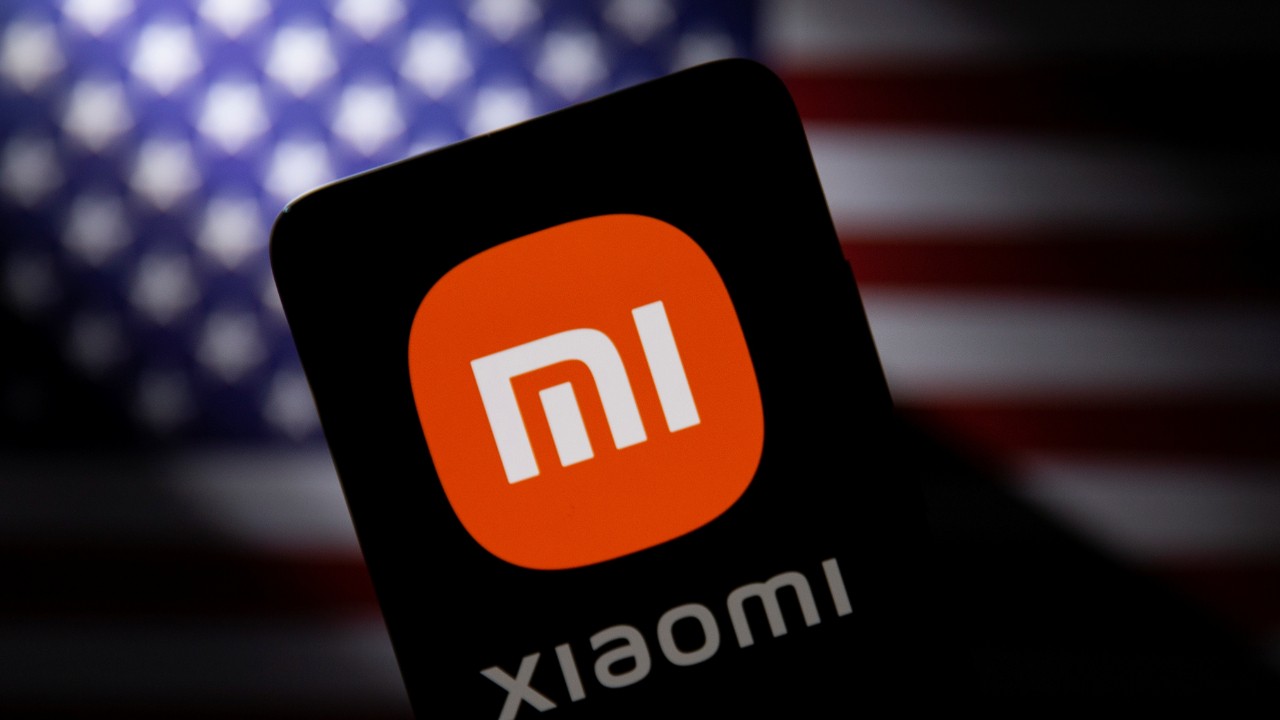Huawei's example inspires Xiaomi to create an Android-based OS
Drawing inspiration from Huawei's successful precedent, Xiaomi embarks on the creation of its own Android-based operating system.

Xiaomi's expansion into new realms of technology extends beyond hardware, as the company strategically pivots its financial focus towards software services, particularly in the context of their electric vehicle sales.
Huawei's example inspires Xiaomi to create an Android-based OS
Xiaomi's ambitions, however, stretch even further, as recent reports reveal their endeavor to develop a proprietary operating system that seamlessly integrates with the Android Open Source Project (AOSP). This signals the potential for the new operating system to transcend multiple domains, ranging from smartphones and tablets to wearable devices.
In the dynamic landscape of technology, China stands out as a significant market, characterized by its vast population, thriving economy, and technological curiosity. Yet, it diverges from global norms due to distinct government regulations, leading to variations in operating systems, app stores, and apps themselves. Recognizing this, Xiaomi is charting a new path.

Insights from Digital Chat Station underscore Xiaomi's efforts to craft an original operating system compatible with diverse devices, encompassing smartphones, tablets, and wearable tech. Crucially, this upcoming operating system will seamlessly integrate with the Android Open Source Project, suggesting a potential expansion beyond the confines of smartphones to domains like vehicles and beyond.
Xiaomi's ambition to forge its operating system echoes a similar move by fellow Chinese tech giant Huawei, which introduced HarmonyOS, met with success in China. Observers anticipate Xiaomi's system's initial launch in China, where it is projected to vie with Huawei's offering for dominance. This strategic shift reduces Xiaomi's reliance on Google, a critical departure.
Presently, Google supplies the Android operating system for Xiaomi smartphones. While Android is open source, its functionality heavily relies on Google services, which are not extended to rival operating systems. While less consequential within China, this reliance poses global challenges, as consumers worldwide expect Google services on Android devices.
Drawing from personal experience, I faced the limitations of an Android phone without Google services while using a Huawei Mate 30 Pro. A potential tussle between Xiaomi and Google could significantly affect Xiaomi's market share. Nonetheless, it's likely that Xiaomi's leadership has meticulously prepared for such contingencies.
Amidst rumors circulating, speculations hint at the rebranding of the upcoming MIUI 15 as "miOS," in tandem with Xiaomi's custom operating system. However, specific details remain elusive. The timeline for Xiaomi's proprietary operating system launch remains uncertain, yet the company affirms its dedication to developing a versatile OS, compatible across a spectrum of devices.

 Acer launches its new gaming monitorHardware
Acer launches its new gaming monitorHardware





